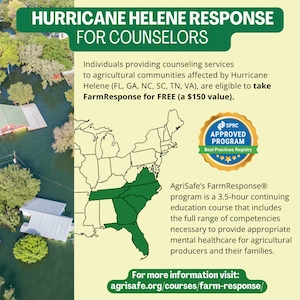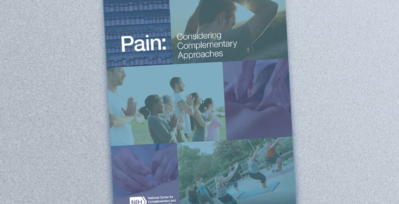Last updated on July 18th, 2024 at 09:27 am
Opioids Resources
In 2017, the US Department of Health and Human Services declared the opioid crisis a national public health emergency. Opioids are drugs that can be natural, semi-synthetic, or synthetic. The most common opioids are oxycodone, hydrocodone, codeine, morphine, fentanyl, tramadol, and heroine. Opioid misuse occurs everywhere; it is not isolated to just urban areas, but exists also in rural areas.
Since the 1990’s, opioid misuse and overdose deaths have continually increased. There have been three major waves of opioid overdose deaths in America: the 1990’s marked a rise in prescription opioid overdose deaths, 2010 marked a rise in heroin overdose deaths, and 2013 marked a rise in synthetic opioid overdose deaths (CDC source). The National Vital Statistics System (NVSS) details the drug overdose deaths in the US per year: in 2017 there were ~70,699 overdose deaths, in 2018 there were ~67,850 overdose deaths, in 2019 there were 71,130 overdose deaths, and in 2020 there were 92,183 overdose deaths. 2018 was the first and only year there was a decrease in overdose deaths.
Research shows a correlation between COVID-19 and the raise in overdose deaths from the end of 2019 to present day. The COVID-19 pandemic caused people to live in isolation without access or options for treatment and resources.
In addition, the #FarmTownStrong campaign reveals that the opioid crisis has struck farm and ranch families harder than the rest of rural America. In 2017, the American Farm Bureau Federation and the National Farmers Union sponsored a Morning Consult Survey that revealed the following:
- 3 in 4 farmers say it would be easy for someone in their community to access a large amount of prescription opioids and painkillers without a prescription
- Only 1 in 3 rural adults say it would be easy to access treatment for addiction to prescription drugs or heroin in their local community
- Only 2 in 5 are confident they could seek care that is either effective, covered by insurance, convenient or affordable
If you or a loved one are living with a substance use disorder, consider checking out FindTreatment.gov or calling 1-800-HELP to find a substance use treatment center near you or to get more information.
Opioids Resources
AgriSafe Course
Fact Sheets and Infographics
Webinars
Websites
Page updated: July 2021




